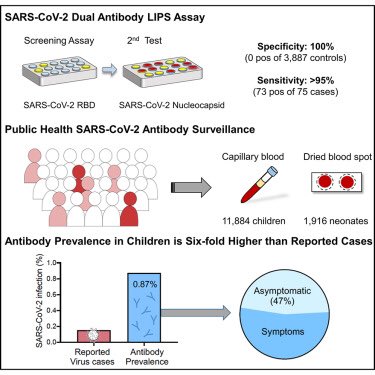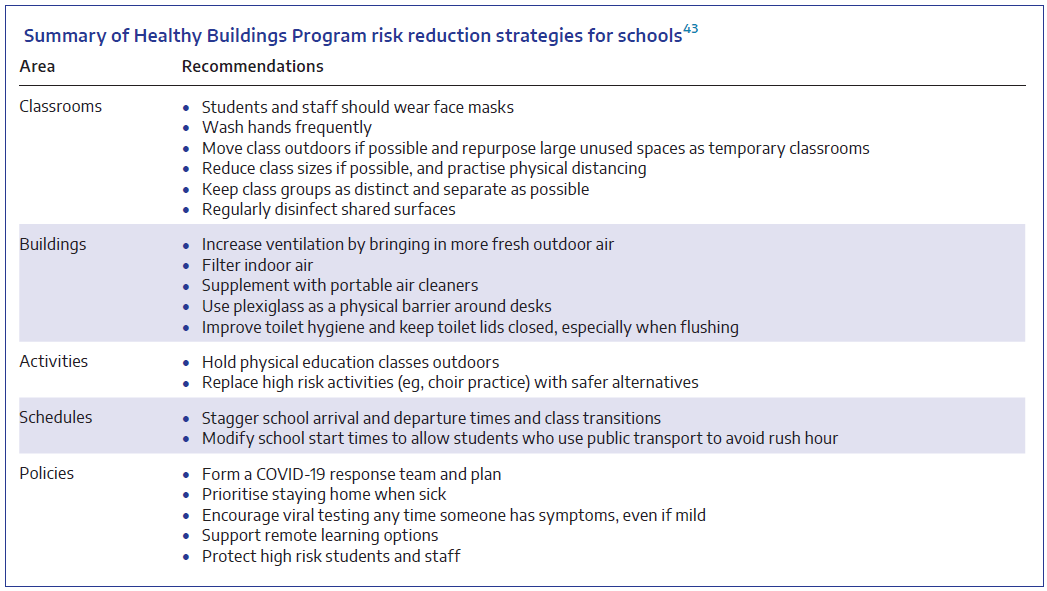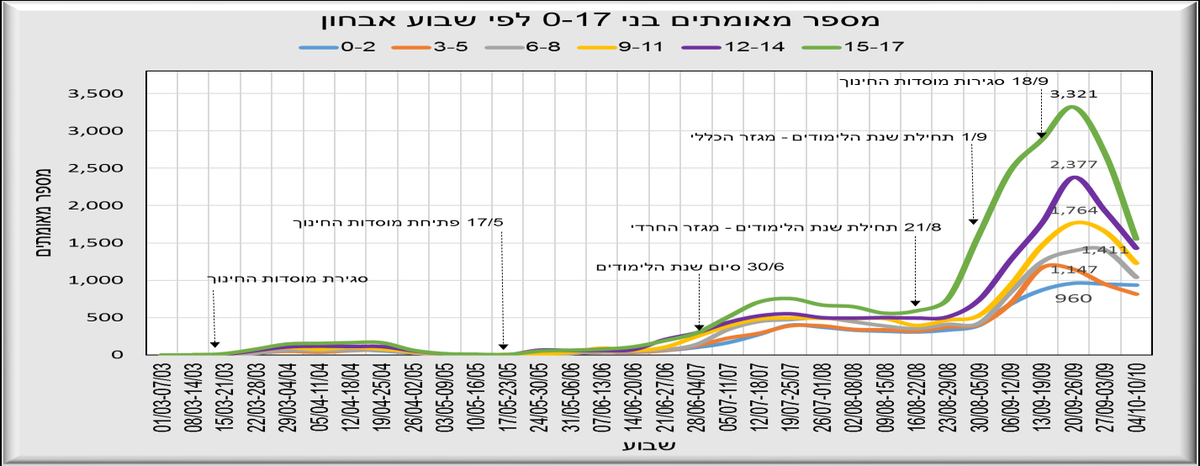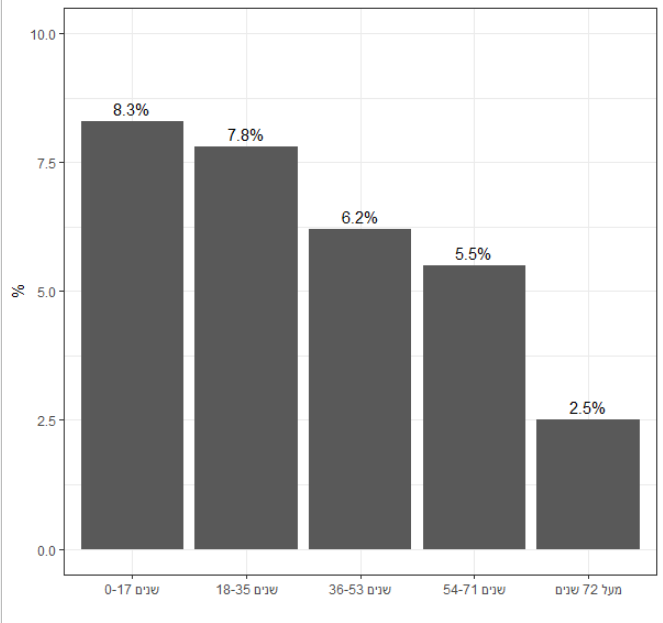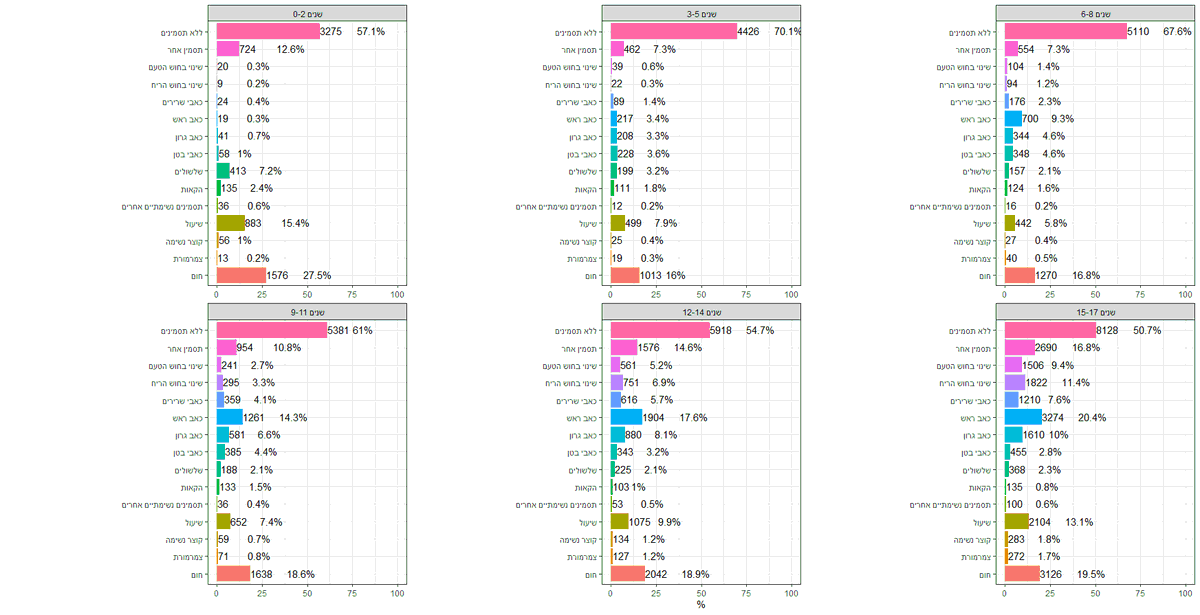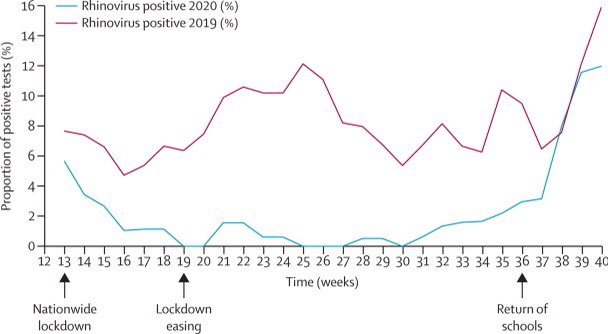
(1/7) Important prospective study of household transmission by CDC, suggesting children and adults are similarly likely to transmit #SARSCoV2. The household secondary attack rate was at least 35%, and 18% of cases were asymptomatic.
cdc.gov/mmwr/volumes/6…
cdc.gov/mmwr/volumes/6…

(2/7) In this study, 101 households (each with one index patient) from Tennessee and Wisconsin were followed for at least 7 days. A total of 191 household contacts of these index patients completed symptom diaries, and self-collected nasal or saliva specimens which were tested.
(3/7) None of the 191 household contacts had symptoms on the first day of the study, although some tested positive indicating they had recently been infected.
Including these contacts, the secondary attack rate was 53%. Excluding these contacts, it was 35%.
Including these contacts, the secondary attack rate was 53%. Excluding these contacts, it was 35%.
(4/7) Secondary attack rates by age of the index cases were as follows:
<12 years: 53%
12-17 years: 38%
18-49 years: 55%
>=50 years: 62%
This suggests children and adults are similarly likely to transmit the virus.
<12 years: 53%
12-17 years: 38%
18-49 years: 55%
>=50 years: 62%
This suggests children and adults are similarly likely to transmit the virus.
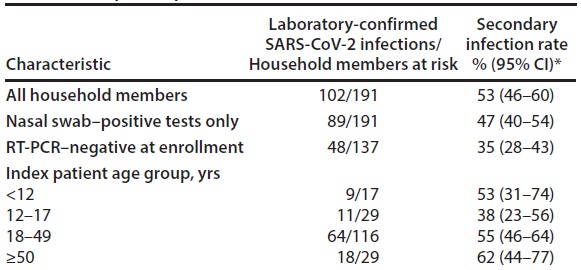
(5/7) The majority of index cases (69%) spent >=4 hours in the same room with one or more household members the day before illness onset, and 40% the day after illness onset. Similarly, 40% had slept in the same room as a contact before illness onset, and 30% after illness onset.
(6/7) Because rapid isolation of cases can reduce household transmission, the authors recommend that persons who suspect they have #COVID19 should use a separate bedroom and bathroom if possible, and that all household members should wear a mask in this situation. 
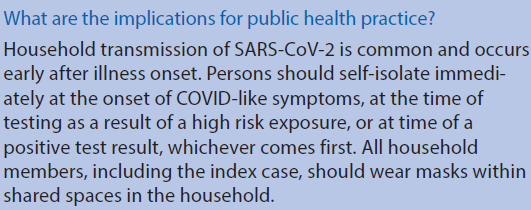
(7/7) A limitation of the study is that persons who developed symptoms first were considered to be the index patient, although it is not possible to know this with certainty. Additionally, some contacts may possibly have been infected outside the household.
• • •
Missing some Tweet in this thread? You can try to
force a refresh

